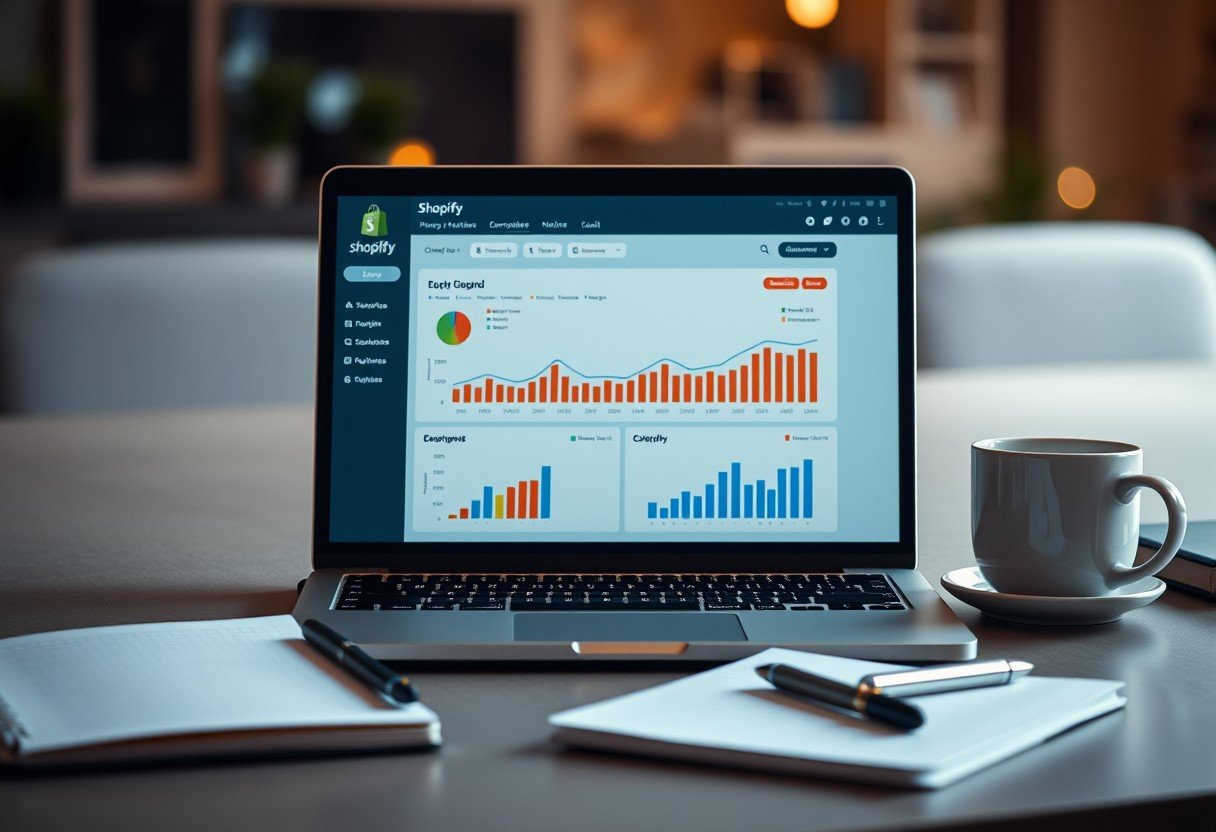Yes, you can absolutely list your products on both Etsy and eBay at the same time. This strategy helps you reach a wider audience and potentially increase your sales. Success, however, depends on understanding each platform’s rules, managing your inventory carefully, and maintaining a consistent brand. This guide explores how to effectively leverage both marketplaces without running into conflicts, ensuring your business can grow efficiently.
Understanding the Rules of Each Marketplace
Before listing your items, it’s vital to familiarize yourself with the policies of both Etsy and eBay. Each platform has its own regulations about what you can sell, how you represent your items, and the fees involved. Knowing these rules helps you avoid common pitfalls and ensures a smooth selling experience from the start.
Etsy’s policies focus on items that are handmade, vintage (at least 20 years old), or craft supplies. You must create unique listings for each item with clear descriptions and high-quality photos. Etsy also has strict rules regarding intellectual property, so make sure your creations do not infringe on existing copyrights or trademarks.
eBay’s rules are generally broader, covering a vast range of new and used products. You must accurately describe an item’s condition, including any flaws. It’s crucial to list your product in the correct category for better visibility. eBay offers different selling formats, like auctions and fixed-price listings, giving you more flexibility.
Key Strategies for Listing on Both Platforms
Simply listing your items is not enough; you need the right strategy to maximize sales. This involves tailoring your approach to the unique audience on each platform. What works on Etsy’s community-focused marketplace might not be as effective on eBay’s broader, more competitive site.
To succeed, focus on what makes your products special. Whether it’s a unique design, personalized options, or exclusive features, highlighting these aspects helps you stand out from the competition on both platforms. This differentiation is key to capturing buyer interest.
Cross-promotion can also significantly boost your visibility. By encouraging shoppers on one platform to visit your other store, you can increase traffic and sales. Here are a few techniques:
- Offer exclusive discounts to customers who follow you or purchase from both of your shops.
- Create bundled product offers that are only available on one platform to drive traffic there.
- Use social media to promote your items and direct followers to both your Etsy and eBay stores.
Maintaining a consistent brand image across both marketplaces is crucial. Use similar branding, logos, and messaging so customers can easily recognize your business, no matter where they find you. This builds trust and encourages customer loyalty.
How to Manage Your Inventory Across Etsy and eBay
One of the biggest challenges of selling on multiple platforms is inventory management. Without a solid system, you risk overselling an item, which leads to canceled orders and unhappy customers. This can damage your reputation on both Etsy and eBay.
Effective inventory management is crucial to ensure your business runs smoothly. You must have a strategy to track your stock levels in real time across both sites. For sellers with a small number of products, a simple spreadsheet that you update manually after each sale can work. However, this becomes difficult as your business grows.
For a more reliable solution, consider using inventory management software. Many tools can sync with both Etsy and eBay, automatically updating your stock levels on one platform when an item sells on the other. This automation minimizes the risk of overselling and saves you a significant amount of time.
Setting a clear inventory threshold can also help. This feature, available in some management tools, sends you an alert when a product’s stock runs low, reminding you to restock before you run out completely. This proactive approach keeps your popular items available and your sales consistent.
Comparing the Seller Fees on Etsy vs. eBay
Profitability is a key concern for any seller, and fees can significantly impact your bottom line. Etsy and eBay have different fee structures, and understanding them is essential for pricing your products correctly and calculating your potential earnings.
While listing on two platforms means paying two sets of fees, the increased sales potential can often justify the additional cost. You must analyze how the fees from both platforms will affect your overall profit margins for each item you sell.
Seller Fees Comparison
| Etsy | eBay | |
| Listing Fee | $0.20 per item | Free* (up to a certain number of listings per month) |
| Transaction Fee | 6.5% per sale | Varies by category, but often around 10-13% |
| Payment Processing Fee | Varies by country | Included in the final value fee |
A careful analysis will help you determine if dual listing is cost-effective for your specific products. Consider your item’s price, expected sales volume, and how the combined fees stack up against these factors.
Expanding Your Customer Reach and Marketing
Listing on both Etsy and eBay allows you to tap into two distinct customer bases. Etsy attracts buyers looking for unique, handmade, and vintage items, while eBay has a massive, diverse audience searching for everything from collectibles to brand-new electronics. This dual presence greatly expands your potential market.
Social media is a powerful tool for promoting your listings from both shops. Platforms like Instagram, Pinterest, and Facebook are perfect for showcasing your products visually. Engaging with your audience through posts, stories, and promotions can build a community around your brand and drive traffic directly to your listings.
Sharing behind-the-scenes content, customer testimonials, or unique product features can make your marketing more effective. This strategy not only builds brand awareness but also fosters relationships that can lead to repeat business on both platforms.
Important Legal Considerations for Dual Listing
When selling online, you must be aware of certain legal considerations to protect your business. This includes understanding copyright and trademark laws, as well as complying with the specific rules of each platform you sell on.
Copyright protects your original creative works, like photos and designs, while trademarks protect your brand identity, such as your logo or shop name. Make sure you are not using images, text, or designs without permission to avoid infringement issues. It’s always best to use your own original content.
Finally, compliance with platform rules is non-negotiable. Both Etsy and eBay have detailed policies regarding prohibited items, listing standards, and seller conduct. Violating these rules can lead to consequences ranging from listing removal to a permanent ban. Regularly review the policies on both sites to ensure you remain compliant.
Frequently Asked Questions about Selling on Etsy and eBay
Can I use the same photos and descriptions on Etsy and eBay?
Yes, you can use the same photos and product descriptions on both platforms. However, it’s often better to tailor your descriptions to each site’s audience to improve your visibility and appeal to different types of buyers.
Is it better to sell handmade items on Etsy or eBay?
Etsy is specifically designed for handmade, vintage, and craft items, so it typically has a more targeted audience for these products. While you can sell handmade goods on eBay, Etsy’s community-focused environment is often a better fit.
How do I avoid selling an item on both platforms at once?
The best way to prevent overselling is to use an inventory management tool that automatically syncs your stock levels across both platforms. If you only have one of an item, it will be removed from the other site as soon as it sells.
Does selling on both sites cost more money?
Yes, you will have to pay fees to both Etsy and eBay for the items you list and sell on each platform. However, the goal is for the increased sales from reaching a wider audience to outweigh these additional costs.
What happens if I violate a platform’s rules?
Violating the rules on either Etsy or eBay can lead to penalties. These can include having your listings removed, your account temporarily suspended, or, in serious cases, being permanently banned from selling on the platform.









Leave a Comment